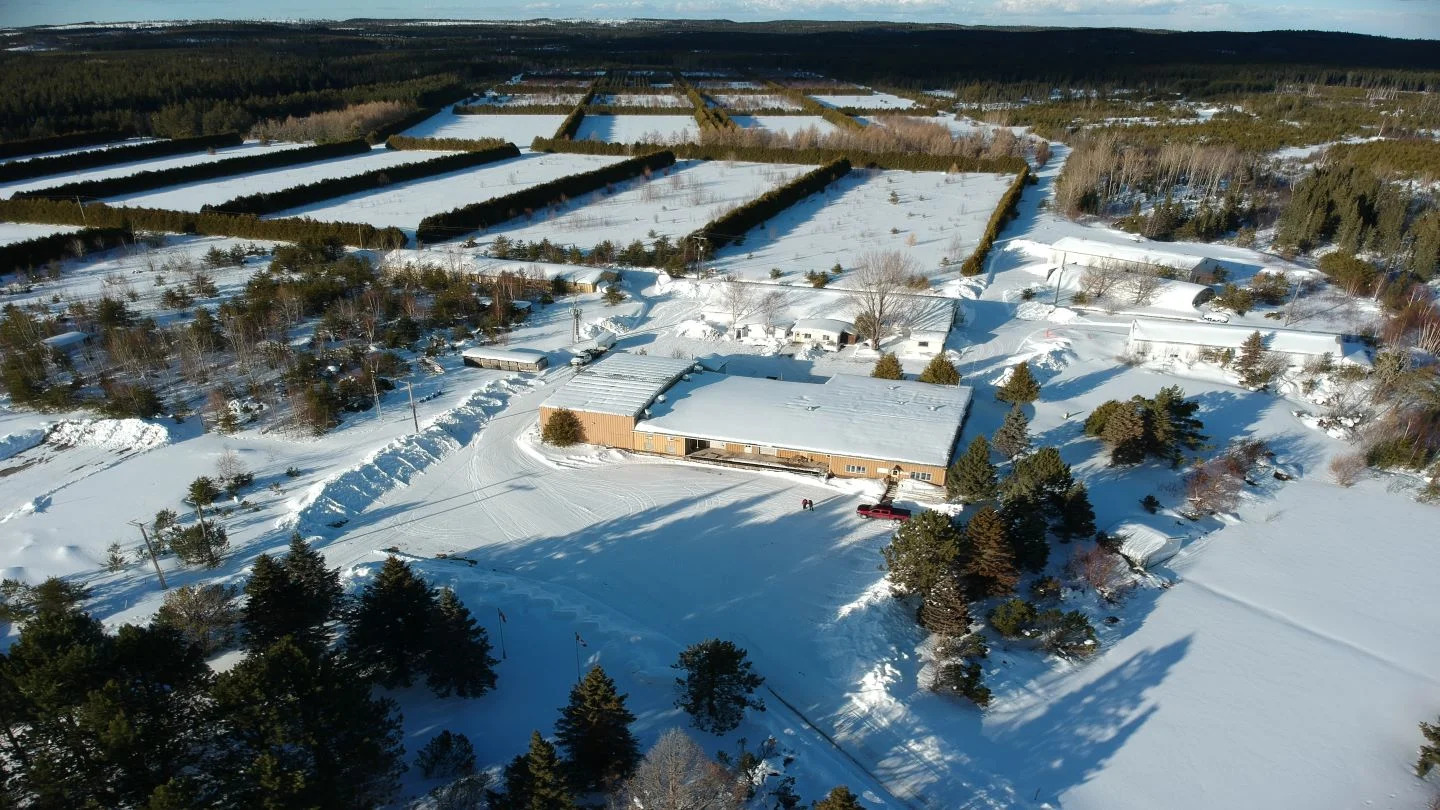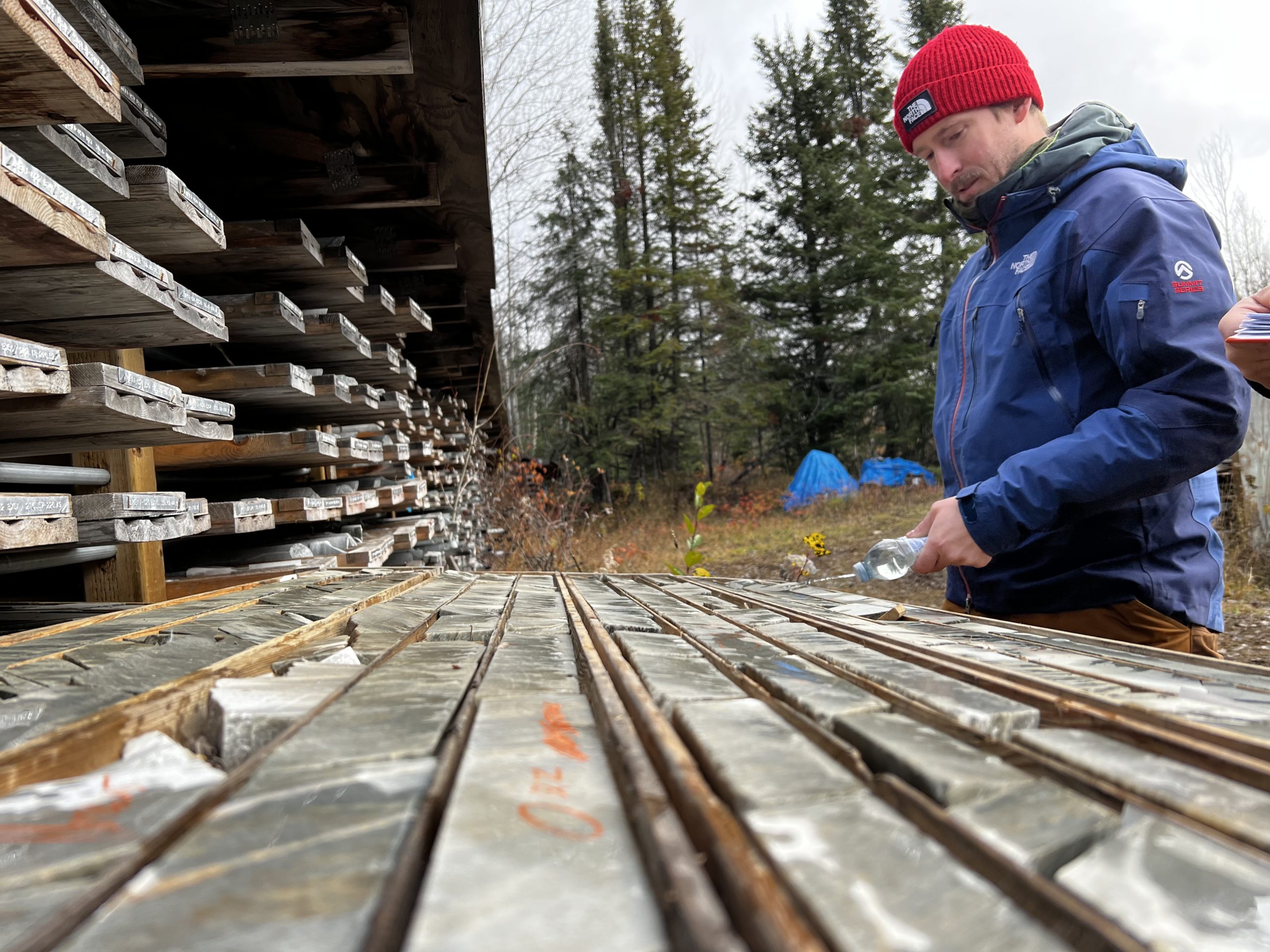Raw Tenacity Propels Mine Towards Production
“Finally!” John Kearney puts an extra emphasis on that word, summing up the daunting array of hurdles and roadblocks that Canadian Zinc Corporation has traversed in almost 20 years of work on the Prairie Creek base metal/silver deposit.
“There’s a lot of things coming together to make this project happen – finally,” says Kearney, the hard-driving, Irish-born chairman and CEO, in a phone interview from his Toronto headquarters.
He can recount being almost swallowed up by the expansion of a national park, then successfully lobbying to change an Act of Parliament to stay alive. He’s endured the uncertainties of a decades-long land claim, then won the confidence of First Nations and the NWT Government to not only support the plan, but help make it happen.
But he’s not finished yet. Through 2011, Canadian Zinc has been carefully threading its way through its sixth campaign before the NWT’s permitting process, as well as building its economic feasibility study. Pending the outcome of these critical phases, it will be at least two more years before the first concentrate heads out on the 500 km road trip (170 by winter road) to market.
Through it all, however, he and his board of directors have kept the faith alive, and the money flowing, ploughing more $45 million into the project since taking it on in 1991. The reward will be tapping a deposit that, for at least the next 20 years, will see each tonne yield about 100 kilos each of lead and zinc, 3 kilos of copper and a sixth of a kilo of silver.
“It probably makes it one of the highest grade lead/zinc mines in the world,” says Steve Dawson, Vice-president of Corporate Development.
A Storied Past
Through the coming winter, Alan Taylor, Canadian Zinc’s Chief Operating Officer and VP of Exploration, will keep a team of about 20 employees at work at the mine, drilling known zones at shallow depth, and going as deep as 1.5 km on the periphery to define what is actually in the ground.
“If there’s any success there, you can look at orders of magnitude of expansion of what we already have,” says Taylor, a geologist and veteran of 15 years at Prairie Creek. Only 2.1 km of the field’s 16 km strike has been probed.
(A 2007 report by MineFill Services Inc., indicates the property already hosts measured and indicated resources of 5,840,329 tonnes grading 10.71% zinc, 9.90% lead, 161.12 grams silver per tonne and 0.326% copper. It also confirms inferred resources of more than 5.5 million tonnes, grading slightly higher for all metals.)
Those results are actually four times the grades that originally brought the property oh-so-close to production in 1982. It’s a story that has earned Prairie Creek a place in Northern mining lore.
First staked in 1932, it saw limited work until 1966 when Cadillac Exploration came in and proved up at least eight veins through the 1970s.
Later that decade, two audacious speculators from Texas – the Hunt brothers, Nelson Bunker and William Albert – were attempting to corner the world silver market, driving silver futures from $11 an ounce to almost $50. The Hunts liked Cadillac’s numbers, and their mining venture, Procan Exploration, financed a deal to take over.
By 1982, with some $64 million invested, they were within weeks of production when their fantastic world silver grab collapsed.
An outraged corporate world sent the Hunts into bankruptcy and the entire Cadillac camp languished in litigation for another eight years. Canadian miner Conwest Corporation acquired it, and soon optioned it to San Andreas Corp, which later became Canadian Zinc. They soon proved up major new reserves, making it today’s major play.
Thanks to the Hunts, it’s the existence of what is virtually a working mine already on top of prime geology that makes Prairie Creek a “fantastic” candidate for development, says Kearney.
“If you were starting from scratch, you’d probably throw your hat at it…. the fact that it’s there, it’s too good to walk away from,” he says, valuing the infrastructure alone at over $250 million.
Parks and Politics
The contrast between builder and protector has never been more stark than with Prairie Creek and its location next to the Nahanni National Park Reserve, a wild and beautiful mountain region that was declared by the United Nations in 1978 as its first World Heritage site.
At that time, the claim block was just at the edge of the park. But after years of lobbying from environmental groups, Parks Canada moved to expand the reserve to include the Nahanni’s full watershed, which would also completely encircle the Prairie Creek claim. The project, already under intense scrutiny, faced extinction.
But Kearney and his team had been pouring on the political coals, and through their own top-level lobbying managed what had never been done before: successfully negotiate an agreement with Parks Canada to change the National Parks Act and specifically allow access through the expanded park to their mine.
“That [agreement] was a testament to the Conservative government to have a balanced approach,” claims Kearney, recalling the long Senate debate that drew all national parties into the issue.
The Park arrangement, enacted in 2009, cleared the way for mine development and opened the doors to negotiating Impact Benefit Agreements with nearby Nahanni Butte and Fort Simpson. These protocols, now a standard feature of any major development in the North, set out shared goals and values for regional input into employment, business opportunity and environmental management.
This was capped in August 2011 with the NWT Government’s signing of a socio-economic agreement. “It’s an endorsement by the government of the importance of the project to the region… it’s also a commitment by the GNWT to help, which is equally important.”
A further endorsement came in late August 2011 of a $4.5 million, three-year training agreement, funded $3 million by federal Human Resources and Skills Development Canada with additional support from the GNWT, the Deh Cho communities and Canadian Zinc. The Territories’ Aurora College and the Mine Training Society, already recognized for foundation training with the NWT’s diamond mines, will run entry-level skills programs in Fort Simpson and at the mine site some 200 km southeast.
“It’s a new move for the MTS working with new partners in the Deh Cho,” says
Hilary Jones, general manager for the Mine Training Society. “We are very delighted to be able to work closer with the communities.”
Environmental Innovations
Exploration VP Alan Taylor says the “ultra-sensitive” location within one of Canada’s natural jewels means he has a lot of eyes and ears looking over his shoulder.
The mine plan meets some of the challenges in innovative ways, such as using only mine water for processing. Post-process water will be treated and contained before release into Prairie Creek to synch with the creek’s seasonal flows.
They are also proposing a paste backfill plant to deposit all the tailings underground; a more expensive method, but one that eliminates a surface pile. It’s made feasible by the mine’s extraordinary high grade, and a dense-media separation process that will strip away host rock before it goes into the flotation circuit in the mill. Both mean reduced tailings.
Transporting the mine’s estimated yearly output of 100,000 tonnes of concentrates will require a fleet of about 40 contracted trucks, running 24/7 over a round trip of about 1,000 km within the three-month winter-road season, says Taylor. He estimates it will take 3,000 trips to run the concentrate to rail, and bring back bulk materials and diesel fuel.
Almost entirely over land, the road will run 170 km to the southeast to join the year-round NWT Highway #7, then continue another 300 km to railhead at Fort Nelson, B.C.
Layers of Com
plexity
Having only three months to get a year’s worth of product to market means yet another hurdle: cash flow, yet another factor to build into a project layered with complexity.
After 20 years, and a host of political, technical and logistical issues, Kearney figures the project is at least 75 per cent of the way there. The final lap is the environmental assessment and permitting program, in a process that Kearney – who is also the current President of the NWT and Nunavut Chamber of Mines – has been vocal about needing a major overhaul.
Bringing any deposit to production these days is a mammoth undertaking, fraught with danger, failure and worse. But even the most disheartened would-be miner can take heart in the example set by Kearney and his team as they doggedly advance one of the world’s most spectacular lead zinc finds closer and closer towards production.





Comments